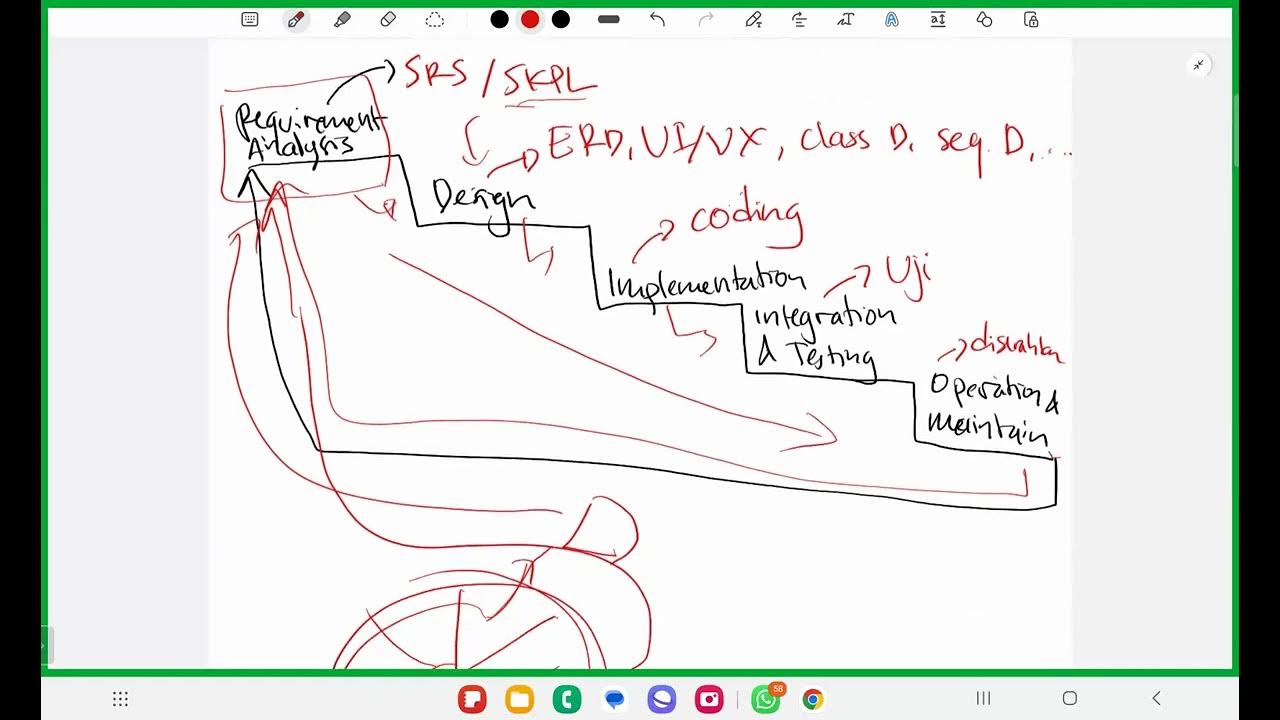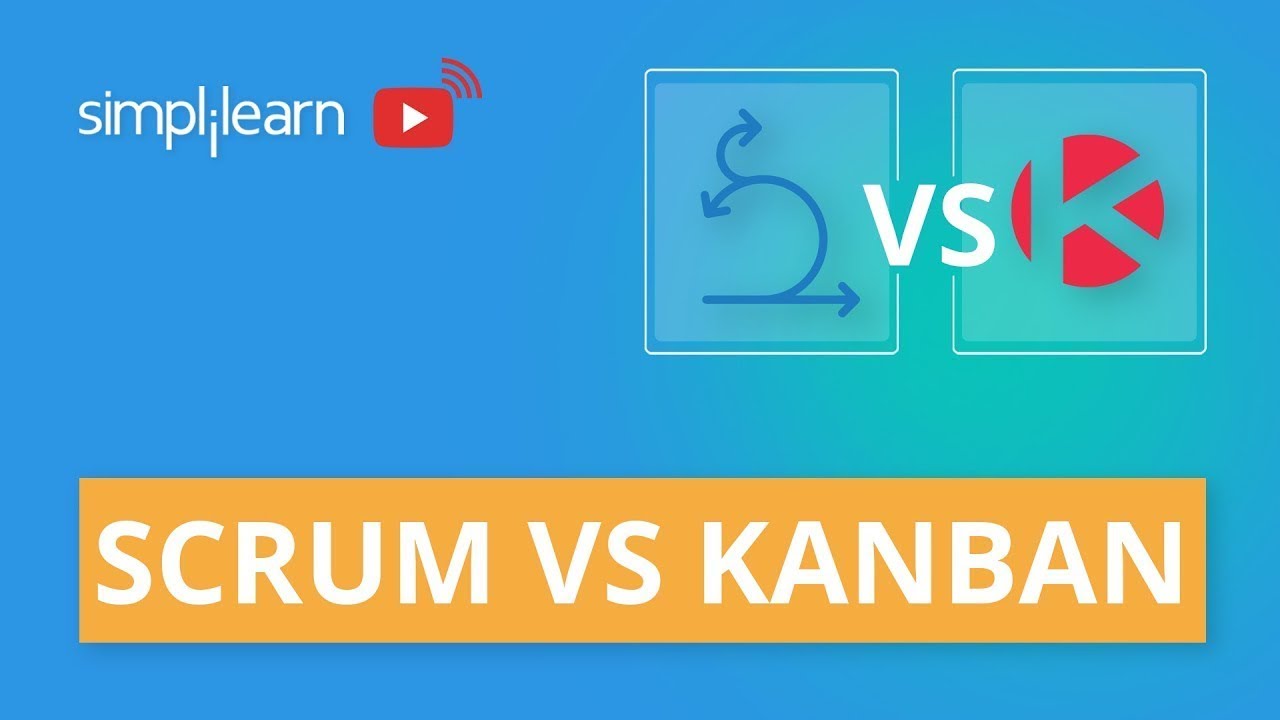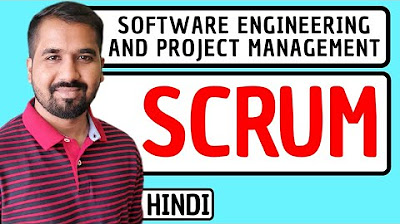Why software development has become stressful
Summary
TLDRThe script discusses the stress associated with the waterfall and scrum models in software development. Waterfall's long-term steady pace culminates in a release rush, often due to undetected issues. Scrum, with its regular sprints, promises a steady workload but often results in a constant, medium-level stress. The speaker, a developer, dislikes the constant pressure of sprints, preferring the predictability of waterfall's end-release stress. They also criticize the difficulty of accurate estimation in software development and advocate for more realistic planning and the kanban method for better stress management.
Takeaways
- 💧 The waterfall model involves a steady pace with a ramp-up towards the end, leading to high-pressure periods just before release.
- 🐞 In waterfall, issues and bugs often go unnoticed until the end, causing last-minute panic and late-night fixes.
- 🏃♂️ Scrum methodology introduces regular 'Sprints', which can lead to a more constant, medium-level stress rather than peaks at the end.
- 📈 The stress from Sprints can accumulate, potentially leading to more stress overall compared to the one-time rush in waterfall.
- 🤔 Estimation in software development is difficult and often inaccurate, leading to stress as deadlines approach in both methodologies.
- 🔄 The constant cycle of Sprints never truly ends, which can be more stressful than the defined start and end of a waterfall project.
- 🦒 Kanban offers a different approach where work is picked up as capacity allows, potentially reducing stress by avoiding fixed commitments.
- 📊 Padding estimates is common practice to account for inaccuracies, but it often doesn't prevent teams from missing deadlines.
- 🌪️ The pressure in programming has increased, with stress being a constant factor rather than just around deadlines.
- 🧠 Our bodies are better equipped to handle short-term stress, which is why the consistent pressure of Sprints might be more detrimental than the peak stress of waterfall.
- 🔄 The prescribed nature of Sprints can lead to stress as they don't allow for flexibility or autonomy in the work process.
Q & A
What is the main difference between the Waterfall model and Scrum in terms of stress and workload?
-The Waterfall model has a steady pace with a long period of time before ramping up close to the release date, leading to high stress and panic near the end. Scrum, on the other hand, involves smaller Sprints that can lead to a more constant medium level of stress spread across the development cycle.
Why do late nights and last-minute bug fixes often occur in the Waterfall model?
-In the Waterfall model, issues and bugs often go unnoticed until the end of the development cycle, leading to a rush to fix them before the release, which results in late nights and last-minute fixes.
What is the main criticism of the Scrum model as described in the script?
-The main criticism is that the Scrum model can lead to constant, medium-level stress due to the regular Sprints, which can be more tiring than the high spikes of stress seen at the end of a Waterfall project.
Why is estimation difficult in software development according to the speaker?
-Estimation is difficult because it often involves guessing, and software development tasks are rarely repetitive, making it hard to predict how long a task will take, especially when doing something for the first time.
What is the speaker's opinion on the effectiveness of Sprints in the Scrum model?
-The speaker believes that Sprints can be more stressful than the Waterfall model because they never stop, leading to a constant feeling of pressure and the need to deliver every week or two.
Why does the speaker prefer Kanban over Scrum?
-The speaker prefers Kanban because it doesn't force a commitment to deliver specific work at the end of a set period, allowing for more flexibility and reducing the stress of having to meet Sprint goals.
What is the impact of ad hoc tasks on the Scrum model according to the script?
-Ad hoc tasks can disrupt the Scrum model by requiring changes to the Sprint goals, which can be stressful because the team is expected to accommodate these tasks without reducing the workload of the current Sprint.
What is the 'padding' strategy mentioned in the script, and why is it used?
-Padding refers to the practice of adding extra time or effort to estimates to account for uncertainties. It's used because developers are often bad at estimating, and padding provides a buffer to avoid missing deadlines.
Why does the speaker suggest preloading work at the beginning of a Sprint?
-The speaker suggests preloading work to get a better understanding of the task and to provide more accurate estimates, allowing for a more relaxed pace as the Sprint progresses.
What is SAFE and how does it relate to the stress of Sprints?
-SAFE (Scaled Agile Framework) is an agile framework built by IBM for Enterprise companies. The speaker implies that using frameworks like SAFE might increase stress due to the complexity and rigidity they introduce to the development process.
How does the speaker suggest dealing with the stress caused by the Scrum model?
-The speaker suggests releasing often to alleviate stress, as this can prevent the buildup of issues that cause a high-stress crescendo near major releases.
Outlines

This section is available to paid users only. Please upgrade to access this part.
Upgrade NowMindmap

This section is available to paid users only. Please upgrade to access this part.
Upgrade NowKeywords

This section is available to paid users only. Please upgrade to access this part.
Upgrade NowHighlights

This section is available to paid users only. Please upgrade to access this part.
Upgrade NowTranscripts

This section is available to paid users only. Please upgrade to access this part.
Upgrade NowBrowse More Related Video

Scrum vs Kanban - What's the Difference?

What is Agile Methodology | What is Agile | Intellipaat

Resume 5 Model Pengembangan Perangkat Lunak

Intro to Kanban in Under 5 Minutes (What is Kanban, Learn Kanban)

Scrum vs Kanban | Difference Between Scrum And Kanban | Agile Methodology | Simplilearn

Scrum Explained in Hindi l Software Engineering and Project Management Course
5.0 / 5 (0 votes)